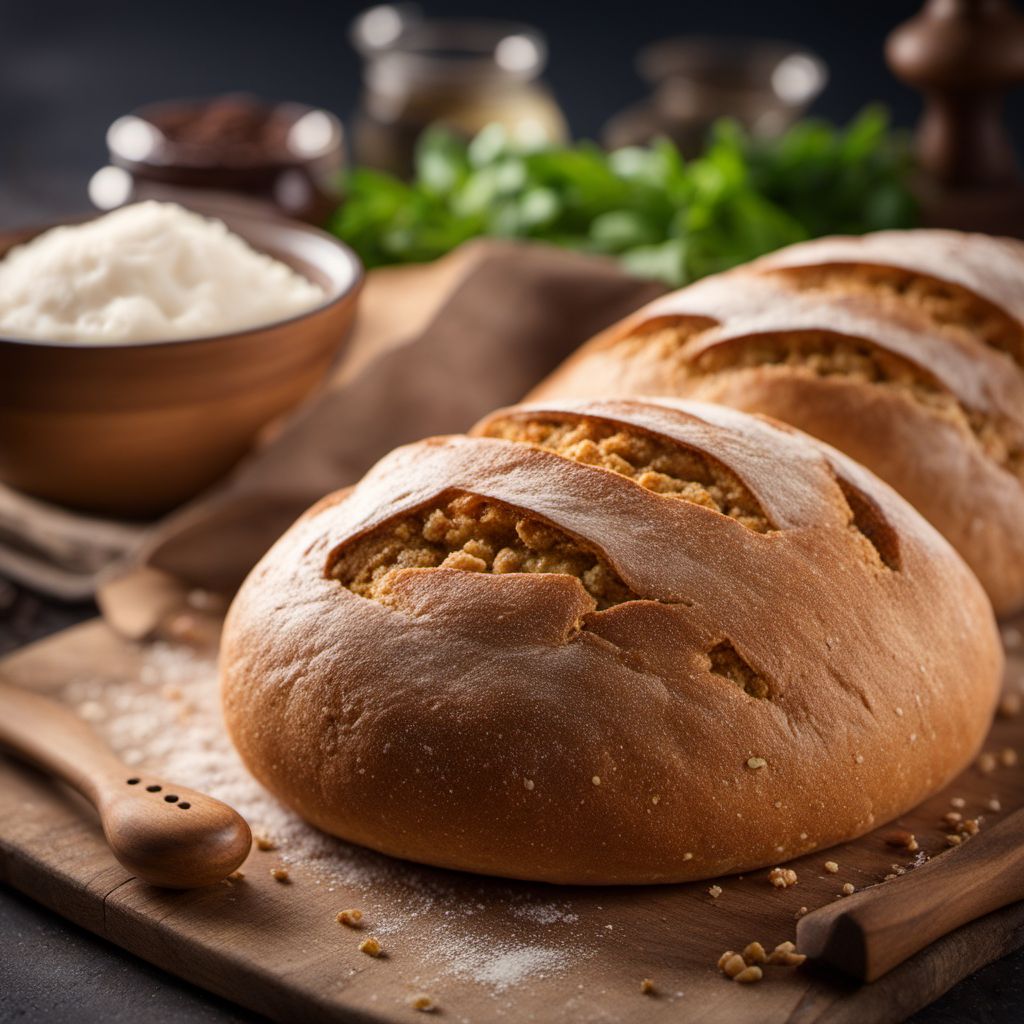
Ingredient
Leavened bread and similar
The Art of Rising: Exploring Leavened Breads
Leavened bread and similar products are made using yeast or other leavening agents, which create carbon dioxide gas during fermentation, resulting in a light and airy texture. These breads can range from soft and pillowy to crusty and chewy, offering a wide variety of options for different culinary applications.
Origins and history
Leavened bread has a rich history dating back thousands of years, with evidence of its existence in ancient Egypt and Mesopotamia. The discovery of yeast and its fermentation properties revolutionized bread-making techniques, leading to the development of various leavened breads across different cultures. Today, leavened bread is a staple in many cuisines worldwide.
Nutritional information
Leavened bread and similar products are a good source of carbohydrates, providing energy for the body. They also contain small amounts of protein, fiber, and essential minerals such as iron and selenium. The nutritional content may vary depending on the specific ingredients used in the bread.
Allergens
Leavened bread and similar products may contain gluten, which can trigger allergic reactions in individuals with gluten intolerance or celiac disease. It is important to check the ingredient list or consult with a healthcare professional if you have any concerns regarding gluten allergies.
How to select
When selecting leavened bread, look for loaves that are well-risen with a golden-brown crust. The bread should feel light and springy when gently pressed. Avoid bread with a dense or heavy texture, as it may indicate improper rising or stale bread.
Storage recommendations
To maintain the freshness and quality of leavened bread, store it in a cool, dry place, such as a bread box or a paper bag. Avoid storing it in the refrigerator, as it can accelerate staling. If you have leftover bread, consider freezing it in airtight bags or containers for longer storage.
How to produce
Producing leavened bread at home requires basic baking skills and the right ingredients. You can make your own leavened bread by combining flour, yeast, water, and salt. Allow the dough to rise in a warm place until it doubles in size, then shape it into a loaf and bake it in the oven until golden brown and cooked through.
Preparation tips
Leavened bread can be used in a variety of ways, from making sandwiches and toast to serving as a side dish or the base for bruschetta. It can be sliced, toasted, or used as a vessel for various fillings and spreads. Additionally, stale leavened bread can be transformed into breadcrumbs or croutons for added texture and flavor in dishes.
Culinary uses
Leavened bread and similar products are widely used in cuisines around the world. They are a staple in Western diets, with variations like baguettes, sourdough, and ciabatta being popular choices. In Indian cuisine, leavened bread such as naan and kulcha are commonly enjoyed. Other examples include pita bread in Middle Eastern cuisine and brioche in French cuisine.
Availability
Leavened bread and similar products are commonly available in grocery stores, supermarkets, and bakeries worldwide. They can be found in both packaged and freshly baked forms, offering a wide range of options for consumers.
More ingredients from this category
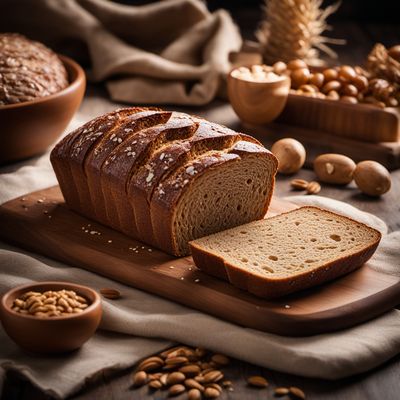
Rye only bread and rolls
"The Wholesome Delight: Exploring the World of Rye-Infused Breads and Rolls"

Bread and rolls with special ingredients added
Artisanal Breads: Elevating the Ordinary

Sandwich bread (hamburger roll-type)
"Pillowy Perfection: The Versatile Hamburger Roll Bread"
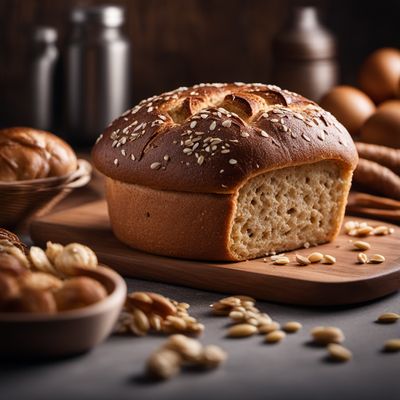
Multigrain bread and rolls
Wholesome Grains: Exploring the Nutritional Powerhouse of Multigrain Bread and Rolls
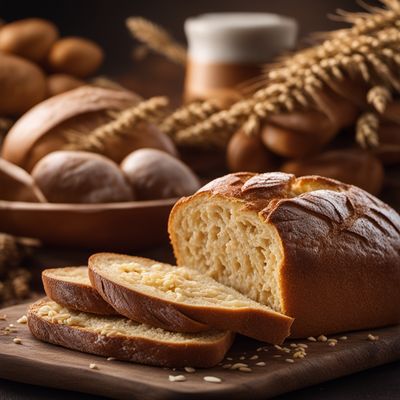
Wheat bread and rolls
The Wholesome Delight: Exploring the World of Wheat Bread and Rolls
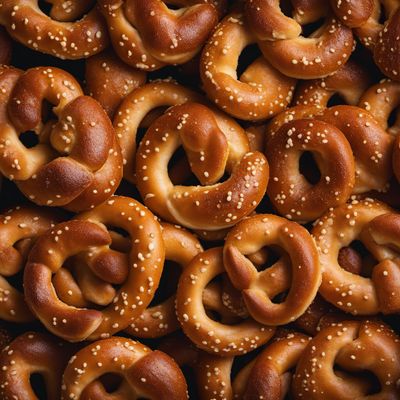
Pretzels
"Twisted Delights: Exploring the World of Pretzels"